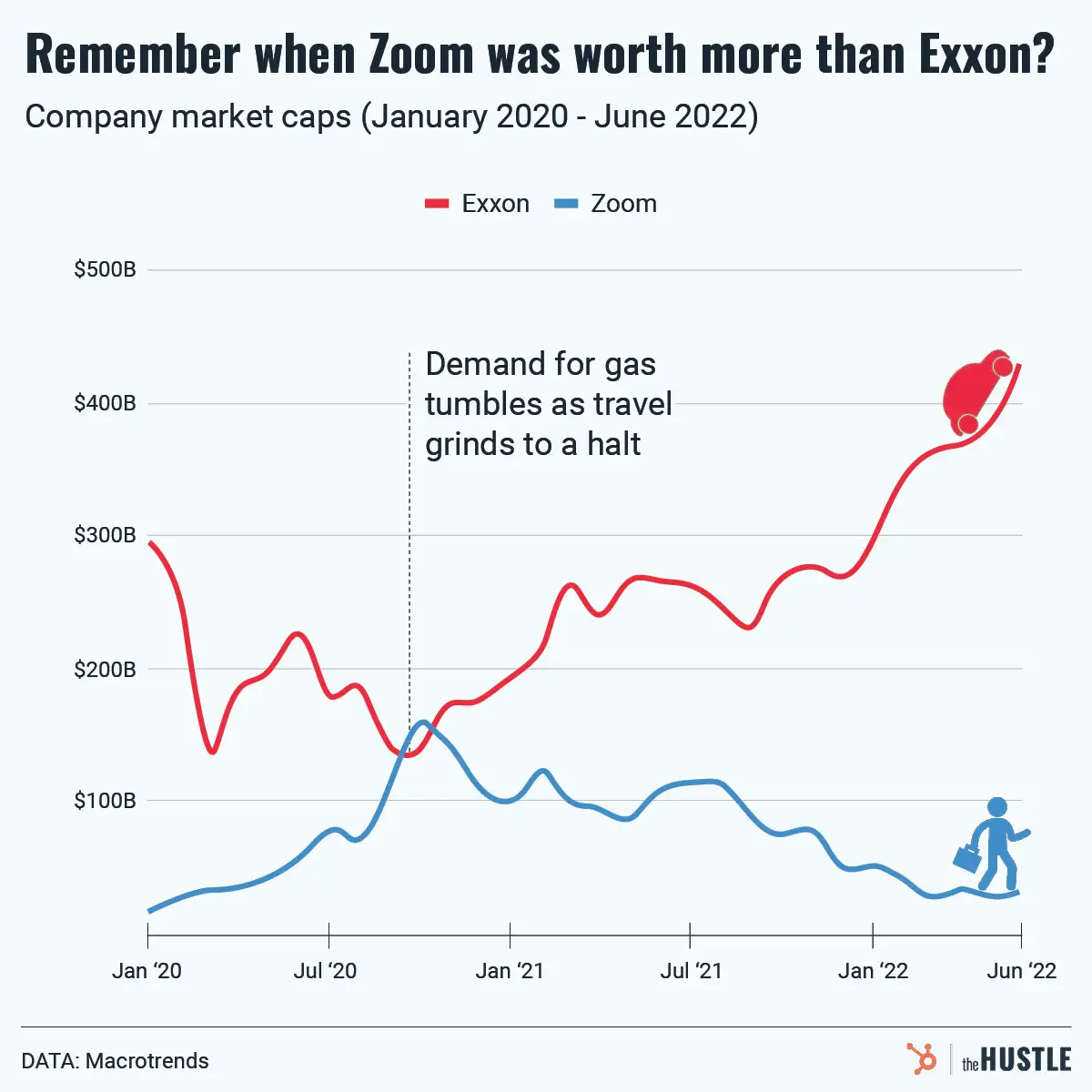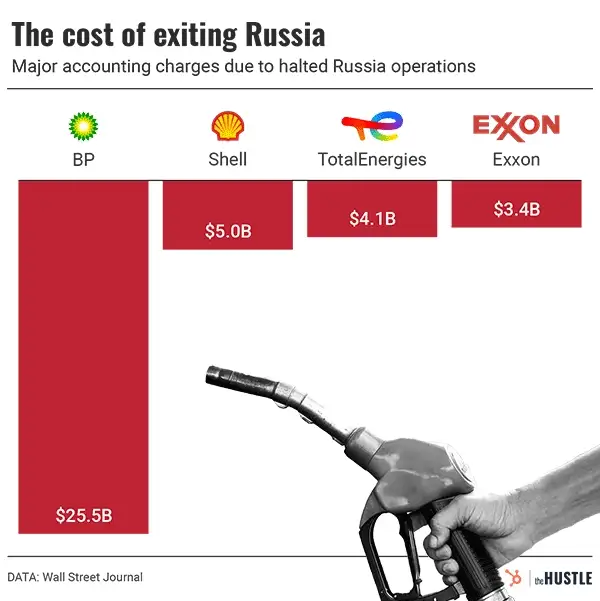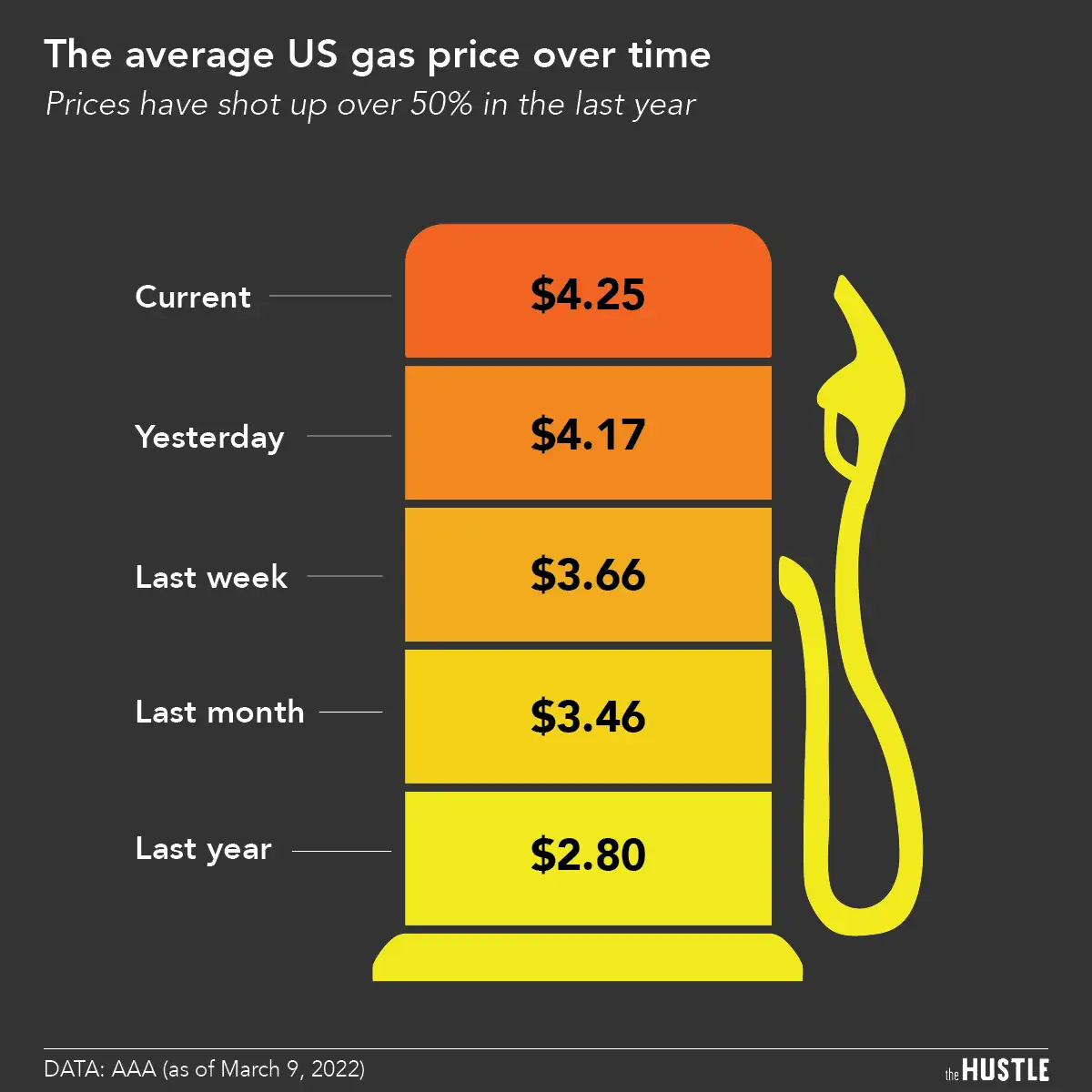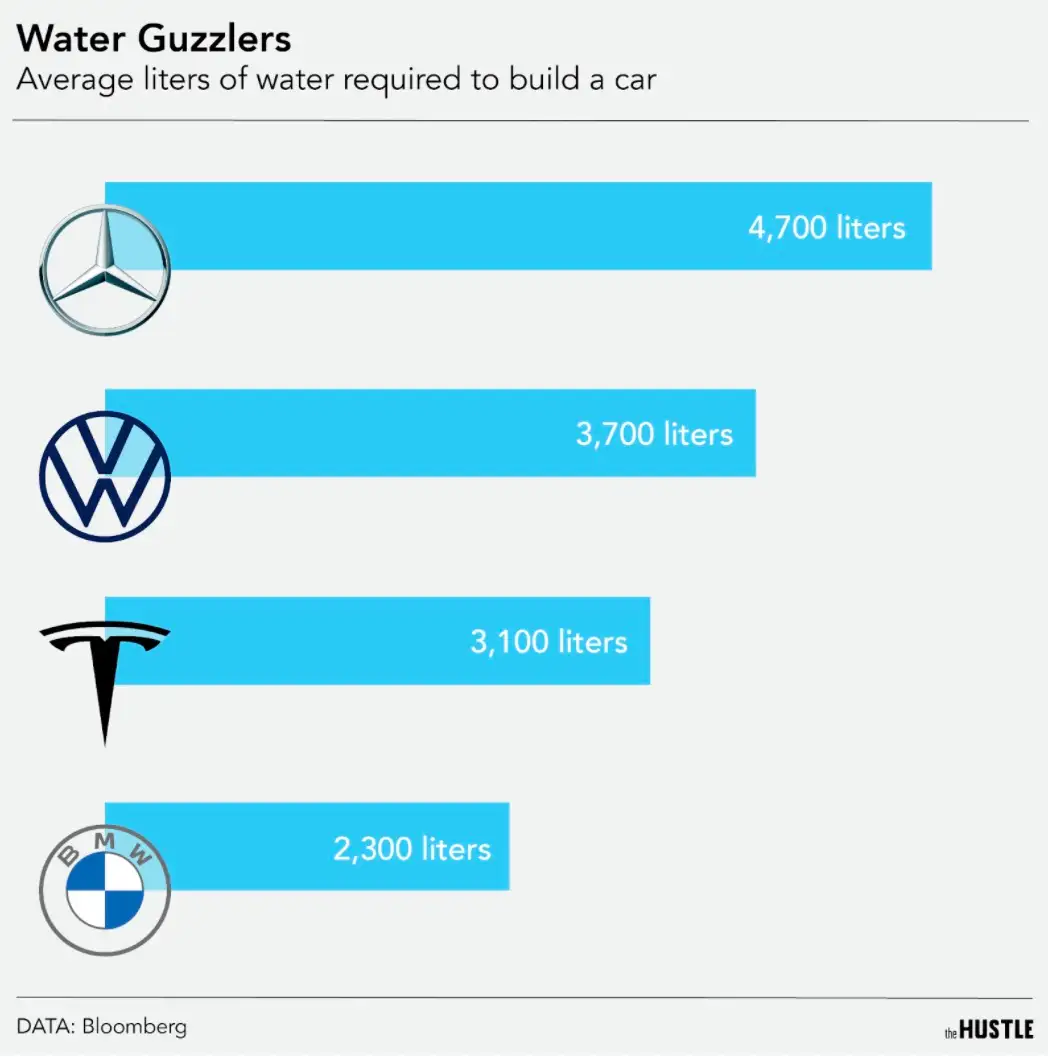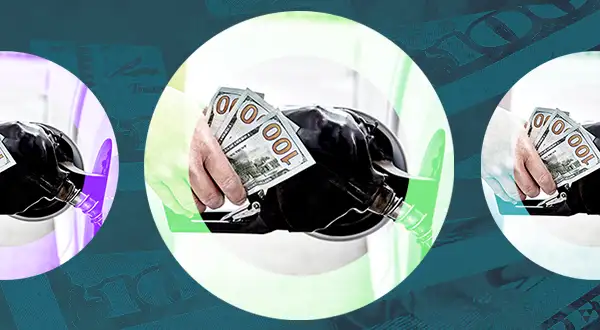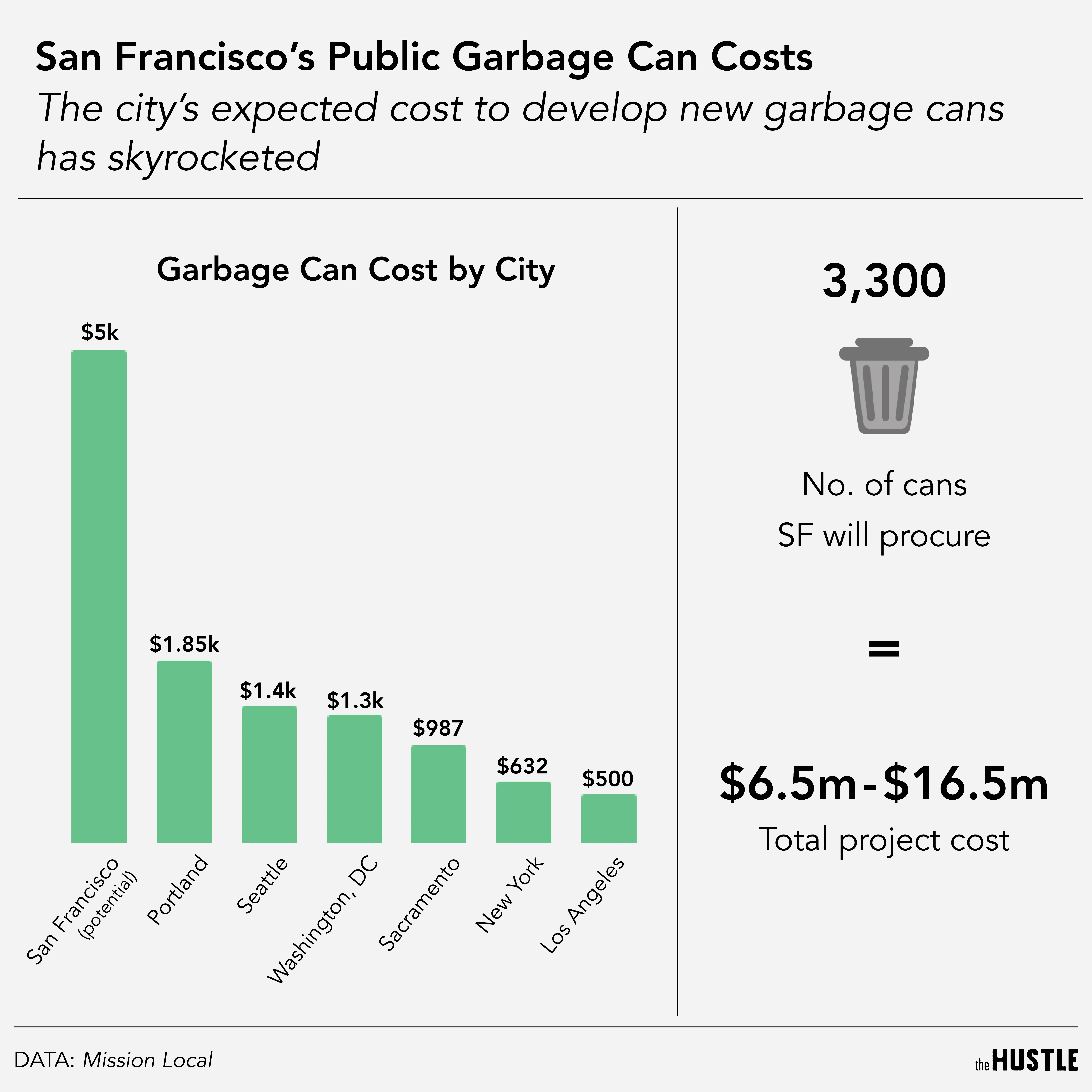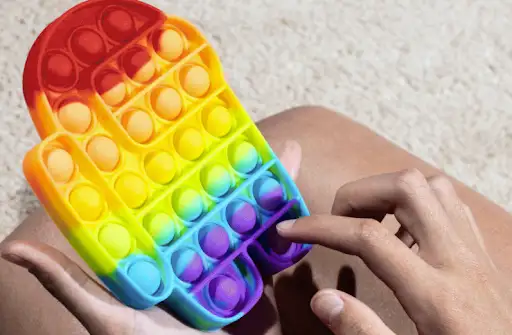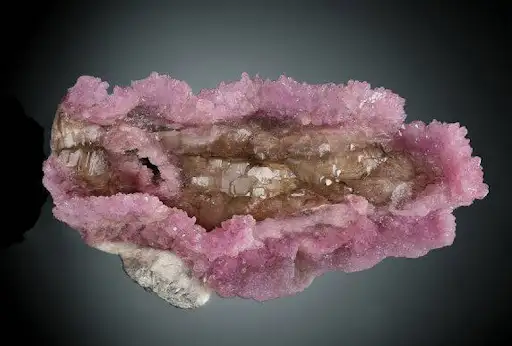Source: Giphy
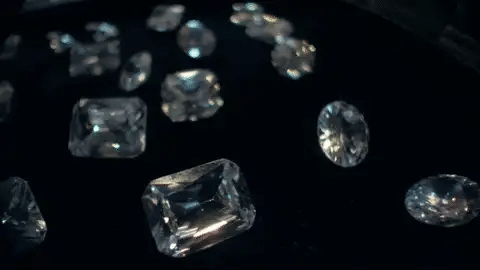
Outside of healthcare, it’s generally not good when the word “blood” becomes an adjective for your industry.
For years, critics have rightfully criticized the diamond market for its awful labor practices in war-torn African countries.
To address these very real ethical issues, dozens of companies have popped up to make precious gems in the lab.
The appeal of lab-grown diamonds (LGDs)
Chemically, physically, and optically the same as mined diamonds, LGDs have a slight time advantage. A real diamond takes billions of years to form; a lab can whip up a faux diamond in weeks.
LGDs are:
- 30-50% cheaper
- More eco-friendly if made with renewable energy (there is an ongoing debate here)
In 2018 the FTC ruled that LGDs didn’t legally need to be called “synthetic diamonds,” which further legitimized them in consumers’ eyes.
Shifts are happening all over the biz
The BBC reports that 70% of millennials would consider buying a lab- grown diamond.
Bain reports that the lab-grown market grew 15-20% in 2019, while traditional diamond sales have seen a decline. Major players are taking heed:


